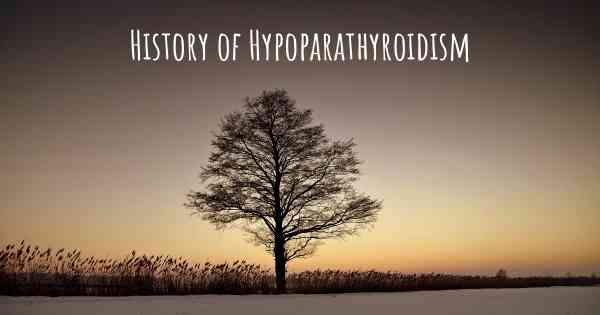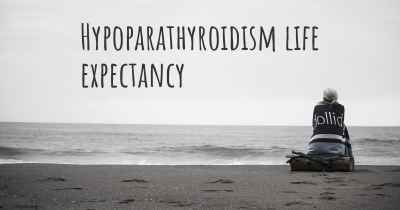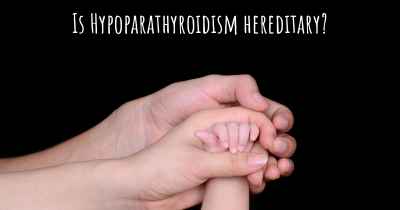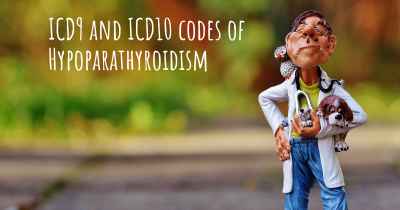What is the history of Hypoparathyroidism?
When was Hypoparathyroidism discovered? What is the story of this discovery? Was it coincidence or not?

Hypoparathyroidism: A Historical Perspective
Hypoparathyroidism is a rare endocrine disorder characterized by insufficient production or action of parathyroid hormone (PTH). PTH plays a crucial role in regulating calcium and phosphate levels in the body. The history of hypoparathyroidism dates back to the early 20th century when its clinical manifestations were first recognized and its underlying causes were gradually unraveled.
Early Observations and Recognition
The first documented case of hypoparathyroidism was reported in 1891 by Sir William Macewen, a Scottish surgeon. He described a patient who experienced muscle cramps, tetany, and seizures, which were later attributed to low calcium levels. However, it wasn't until 1926 that the term "hypoparathyroidism" was coined by Fuller Albright, an American endocrinologist.
Parathyroid Gland Discovery
The understanding of hypoparathyroidism was greatly facilitated by the discovery of the parathyroid glands. In 1880, Ivar Sandström, a Swedish anatomist, identified these small glands located near the thyroid gland. However, their function remained unknown until 1909 when Eugene Gley, a French physiologist, demonstrated that the parathyroid glands were responsible for regulating calcium levels in the blood.
Causes and Classification
Over the years, researchers identified various causes and forms of hypoparathyroidism. The most common cause is surgical removal or damage to the parathyroid glands during thyroid surgery. This form is known as postoperative hypoparathyroidism. Other causes include autoimmune disorders, genetic mutations, and certain medications.
Autoimmune Hypoparathyroidism
In the 1950s, researchers began to recognize autoimmune hypoparathyroidism as a distinct form of the disorder. They observed that some patients with hypoparathyroidism also had other autoimmune conditions, such as Addison's disease or pernicious anemia. This led to the understanding that the immune system can mistakenly attack the parathyroid glands, impairing their function.
Genetic Forms
In the 1960s, the genetic basis of hypoparathyroidism started to emerge. Scientists discovered that certain inherited conditions, such as DiGeorge syndrome and autoimmune polyendocrine syndrome type 1 (APS-1), were associated with hypoparathyroidism. These findings shed light on the role of specific genes in the development of the disorder.
Advancements in Diagnosis and Treatment
Over the years, advancements in medical technology and understanding of hypoparathyroidism have improved its diagnosis and treatment. In the mid-20th century, the development of assays to measure PTH levels in the blood allowed for more accurate diagnosis and monitoring of the condition.
Calcium and Vitamin D Therapy
The primary treatment for hypoparathyroidism involves calcium and vitamin D supplementation to maintain normal calcium levels. In the 1970s, the introduction of synthetic vitamin D analogs, such as calcitriol, revolutionized the management of the disorder. These analogs provided a more targeted approach to restoring calcium balance in the body.
Current Research and Future Directions
Despite significant progress, many aspects of hypoparathyroidism remain poorly understood. Ongoing research aims to uncover the underlying mechanisms of the disorder, develop more effective treatments, and explore potential gene therapies. Additionally, efforts are being made to improve the quality of life for individuals living with hypoparathyroidism through patient support networks and educational initiatives.
In Conclusion
The history of hypoparathyroidism spans over a century, from its initial clinical recognition to the discovery of the parathyroid glands and the identification of various causes and forms of the disorder. Advances in diagnosis and treatment have significantly improved the management of hypoparathyroidism, but further research is needed to fully understand its complexities and develop more targeted therapies.








